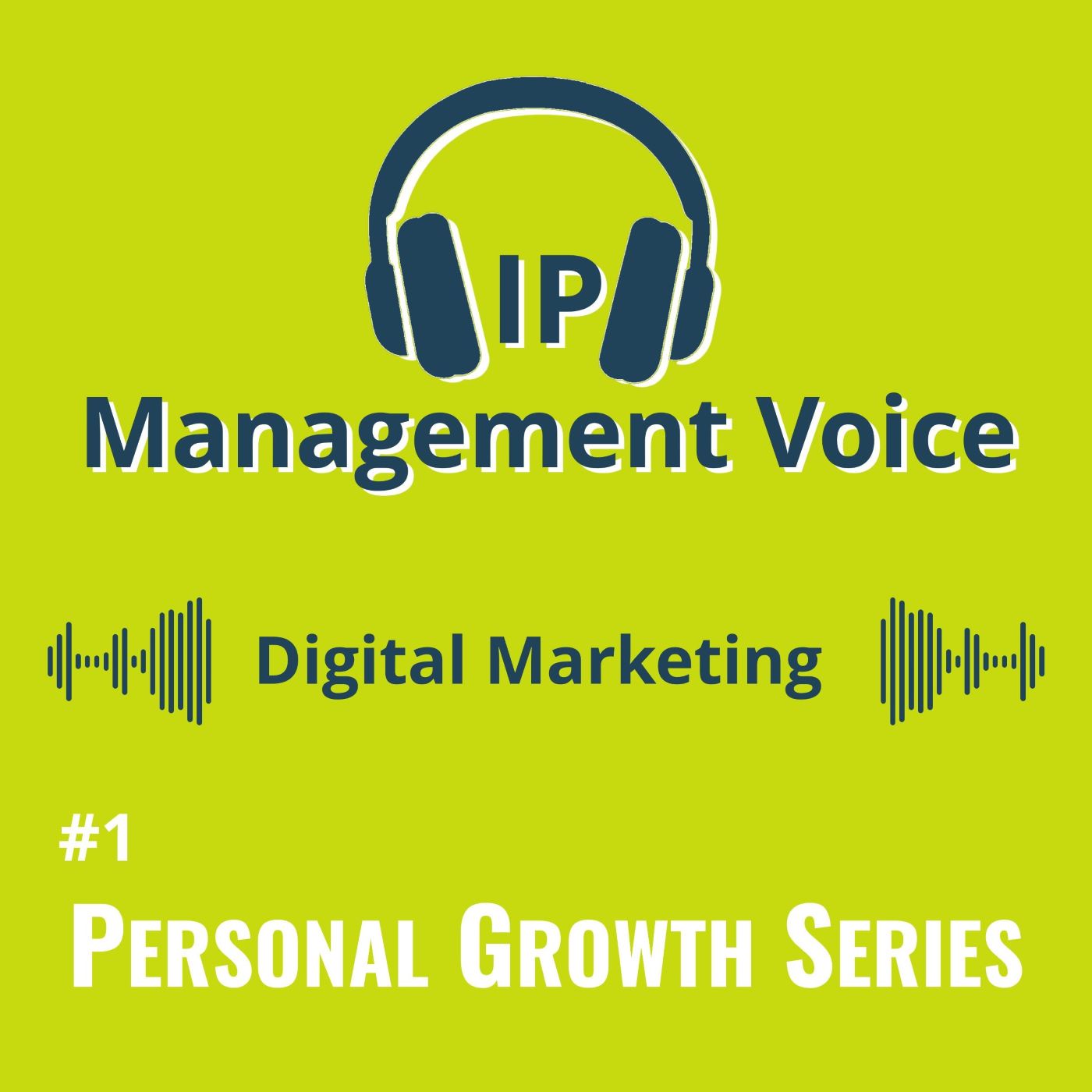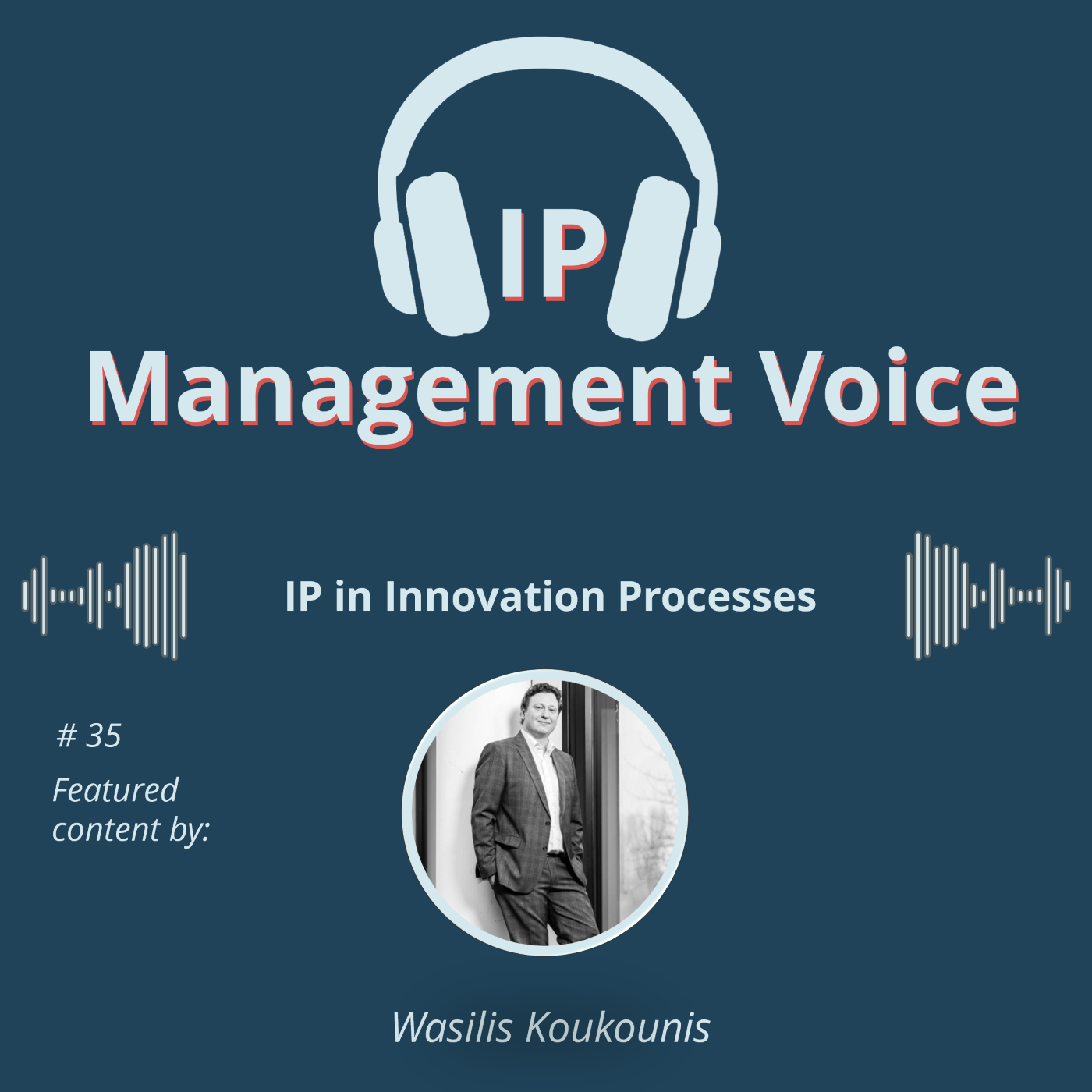
#1 Digital Marketing for IP Experts
This kickoff episode of our Personal Growth series explores how intellectual property experts can use digital marketing to build visibility, credibility, and influence. In a world where professional relevance is increasingly shaped online, having a strong digital presence is no longer optional—it’s essential. You'll learn why platforms like LinkedIn matter, how to position your expertise, and what tools and techniques help IP professionals stay visible and valuable in a digital-first environment.
Whether you're just getting started or looking to refine your strategy, this episode helps you understand the mindset and methods behind effective digital marketing—tailored specifically for the IP field....








